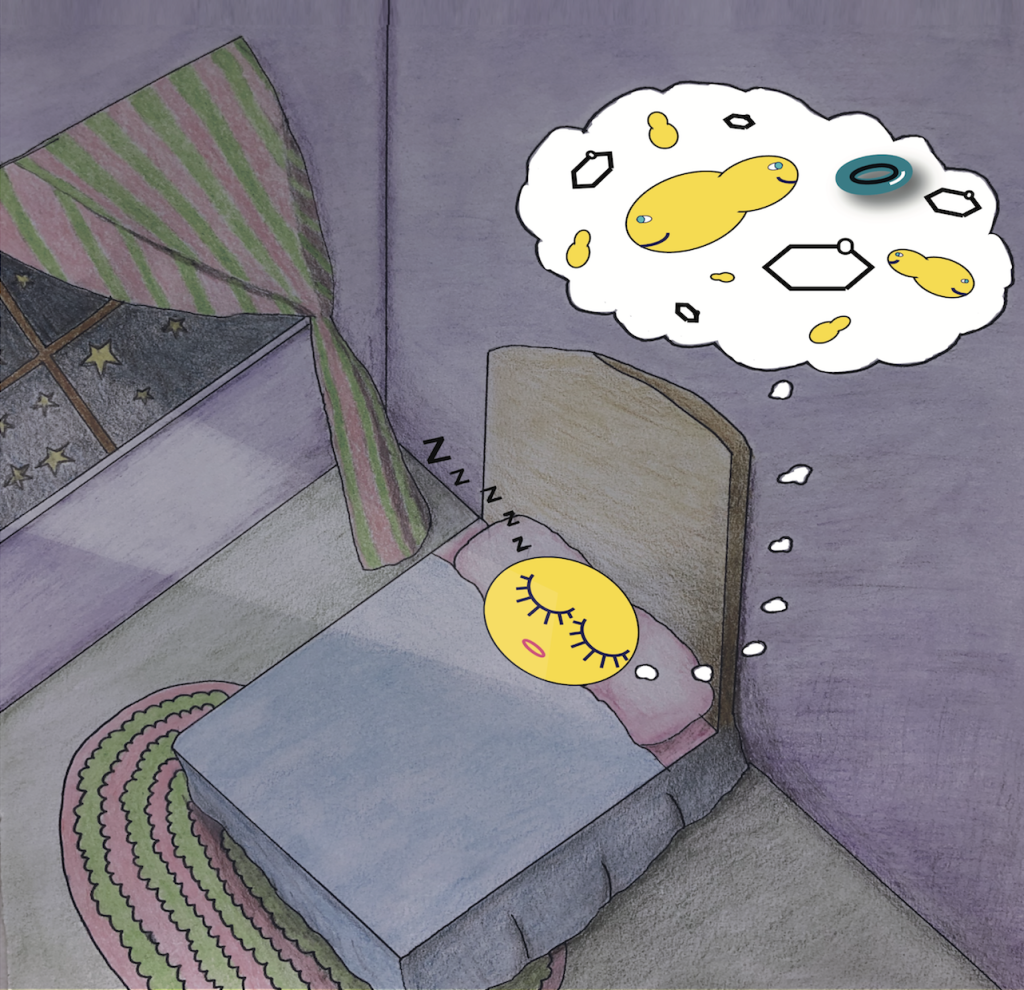The Department of Biochemistry and Molecular Biology

The organization of genomes into chromatin controls all DNA-dependent processes. Recently, tremendous effort has been put into understanding how chromatin folds into increasingly large and complex three-dimensional structures. However, attributing biological functions to chromatin structures has been challenging. In our lab, we use a combination of the highest-possible resolution genomics methods and biochemical and biophysical assays to uncover the roles of 3D chromatin structures in cells. As a model, we use budding yeast in a mysterious state called quiescence, in which chromatin is dramatically reorganized and the majority of transcription is silenced. Our results have broad implications for basic regulatory mechanisms as well as specific applications to processes governed by quiescence.